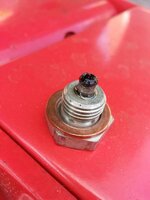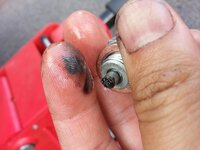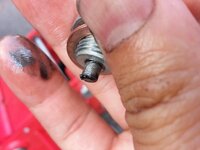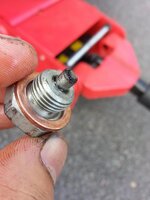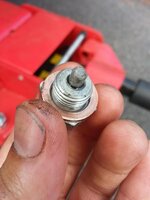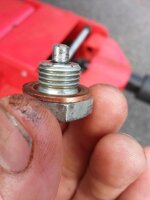saudivette
Clueless In Sandland
That looks like the buildup on mag plugs after new build (jet engines). We call it "build debris" and it eventually dies off. I think it's pretty normal in a reciprocating engine though as everything is wearing against something else - it's all gotta go somewhere. I just think you normally wouldn't notice that crap in your oil :thumbs:
Last edited:


